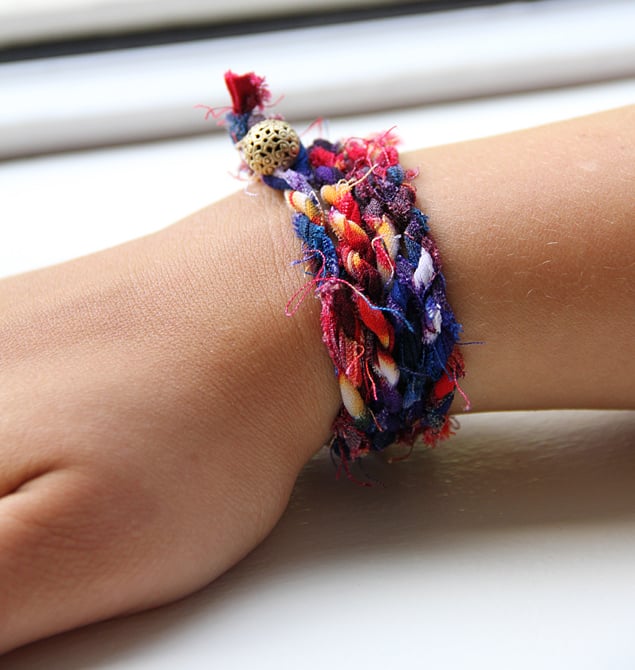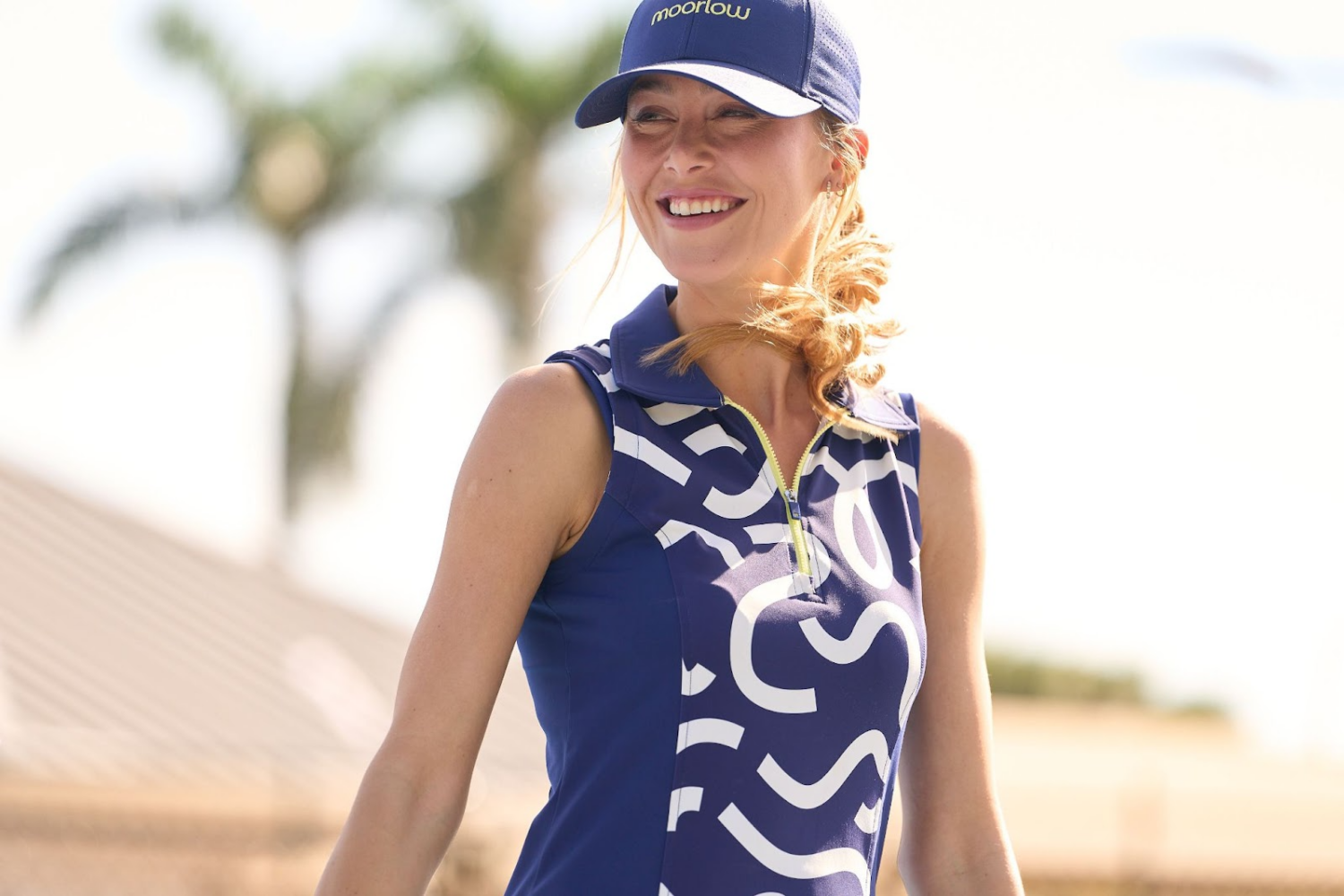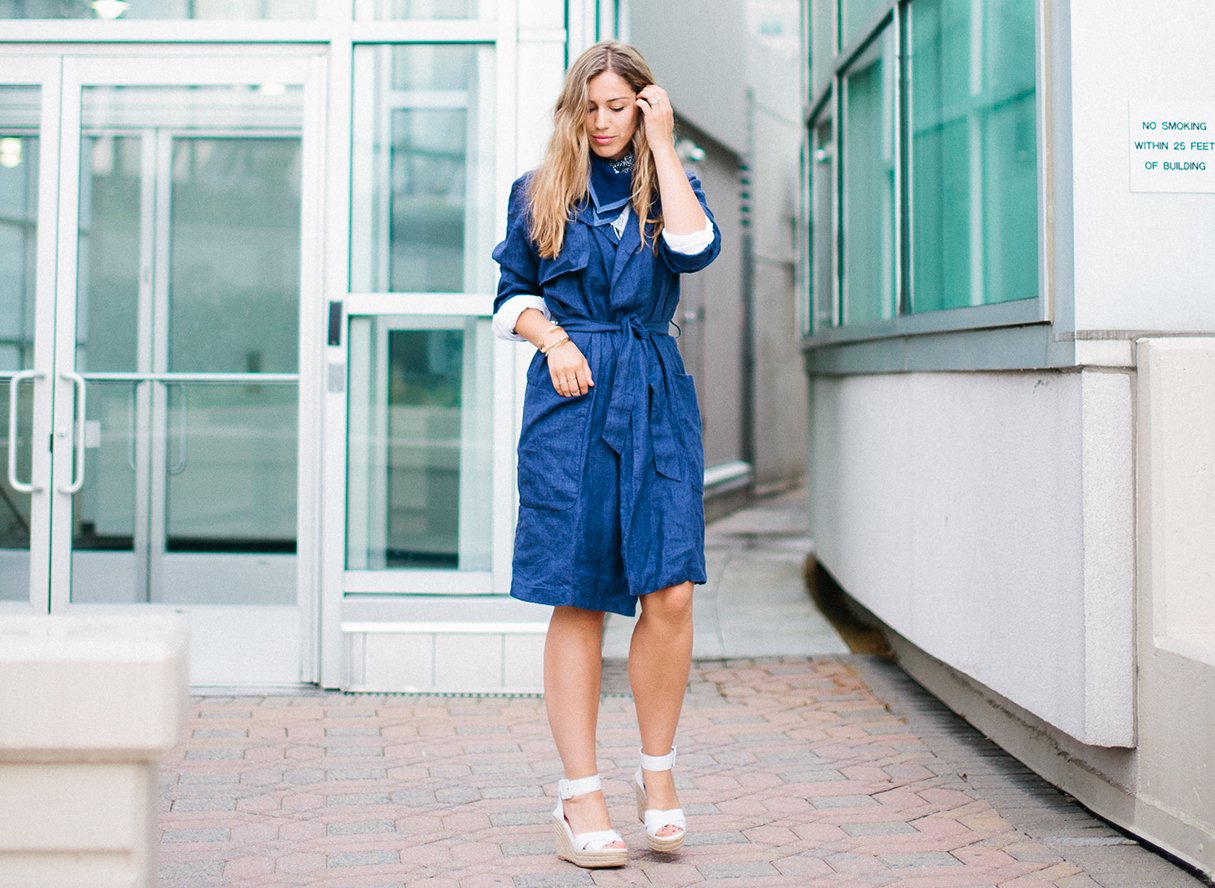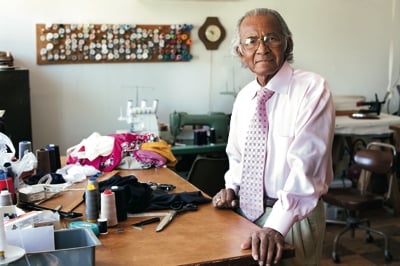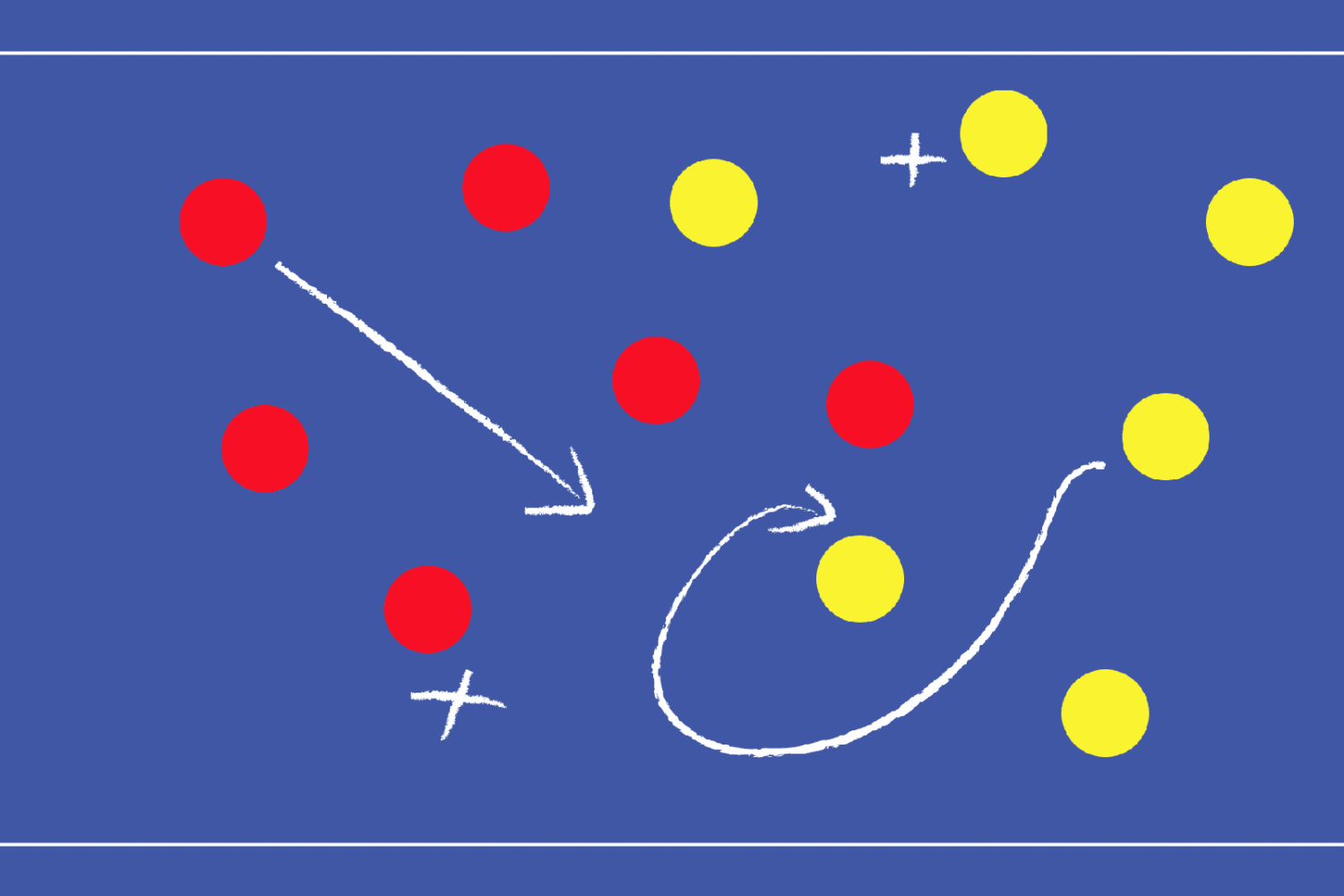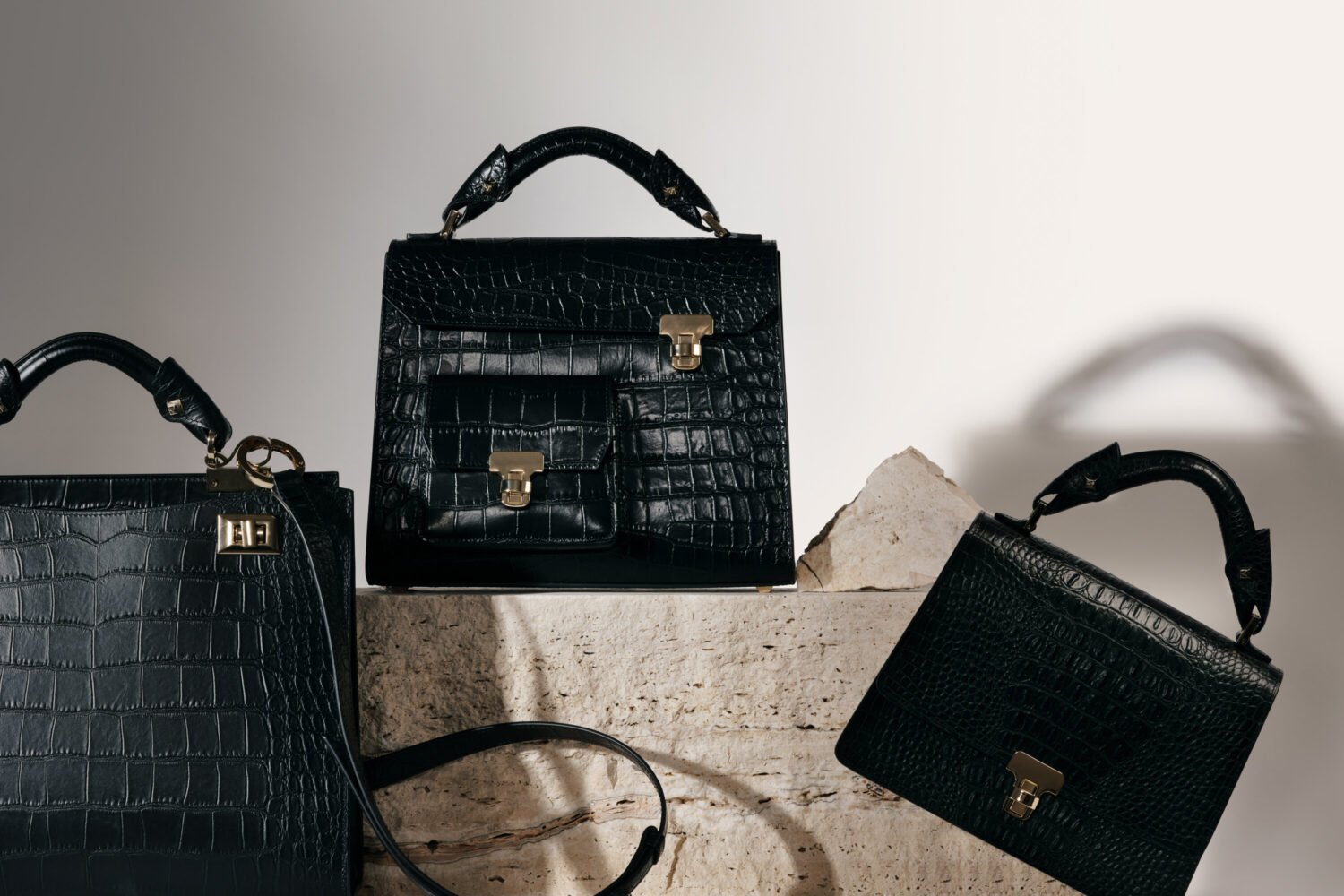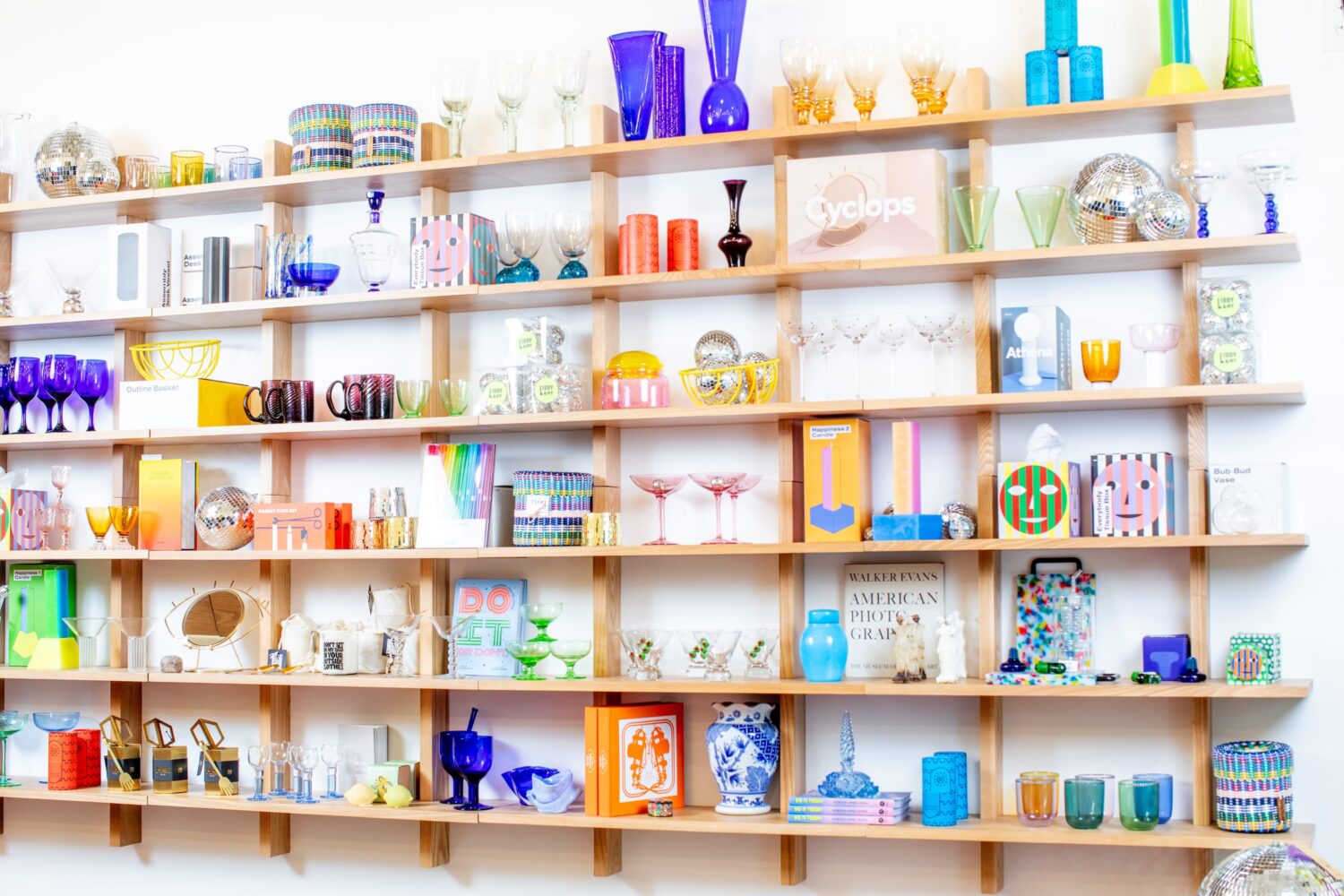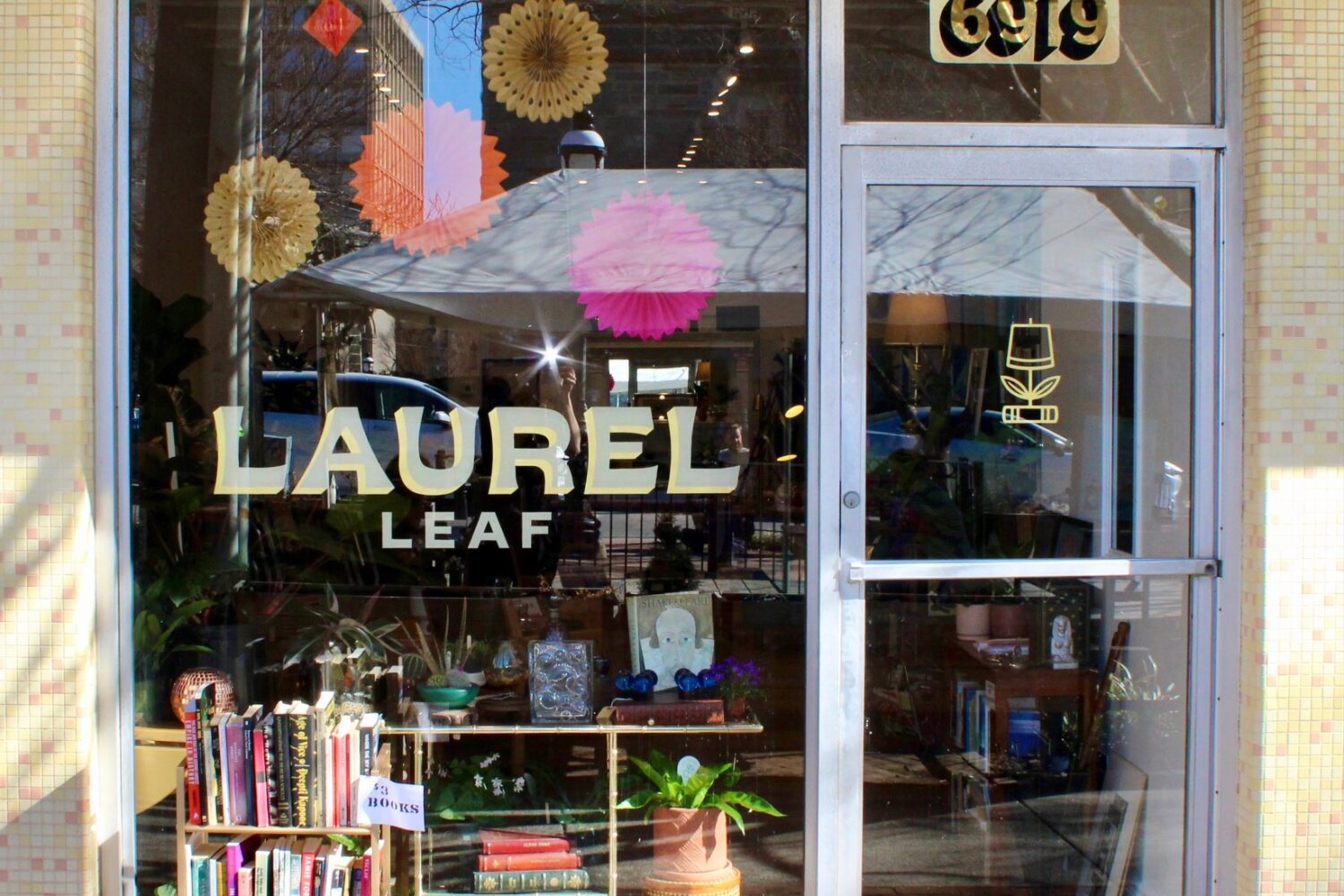
It’s hard to know what to expect when preparing to meet Simon Doonan, the creative director of Barney’s New York, who was in town recently to give a nearly sold-out talk at the Corcoran Gallery of Art for his newest book, Eccentric Glamour: Creating an Insanely More Fabulous You. After all, Doonan is something of a larger-than-life figure in the fashion industry, whether he’s creating elaborate window displays for Barney’s midtown New York flagship, stepping out with his longtime partner, home décor guru Jonathan Adler, or dishing out witty commentary on shows like America’s Next Top Model or VH1’s I Love the 80s.
Truth be told, I was expecting Doonan to make a dramatic entrance befitting his towering persona: perhaps a sweeping cape, or a small entourage, or at least his beloved little terrier Liberace nipping at his heels. Instead, he was surprisingly low-key and reserved, still delivering his signature barbs, but with a subtle deadpan. There was no entourage and no lap dog on hand when he charmed the Corcoran crowd with tales of dressing up as Queen Elizabeth II, in full royal regalia, for a Barney’s event. Before his talk, he sat down with Washingtonian.com over a glass of juice and doled out even more sage style advice.
Washingtonian: You recently have made several remarks about Washington women and their tendency to have “cankles.” Why does D.C. have such a bad reputation for being unstylish?
Simon Doonan: I think women in Washington are caught between the professional demands they have—being public servants or politicians’ wives—and then this broader demand that they be fashionable. The current mania for fashion sort of dictates that everyone be connected to fashion, and I don’t think that has to be the case. I’m quite comfortable having politicians and their wives being conservative and frumpy; I don’t need them to be glamorous and glitzy.
W: Isn’t anyone here getting it right?
SD: You know, I think when people talk about Jackie O. or Mrs. Obama being fashionable, what they’re really saying is that they’re thin. [Michelle Obama] wears the same clothes that Mrs. Bush wears, but Mrs. Bush is a physically average person. It’s a very un-PC thing to say, so they use euphemisms instead. No politician’s wife in her right mind is going to do anything interesting fashion-wise. If she’s got her head screwed on right, she will always be appropriately dressed.
W: But certainly, there must be a way to be both appropriate and stylish. What would you say to a woman who needed to dress conservatively but still wanted to project style?
SD: [I’d tell her,] rather than looking at current fashion icons, like Victoria Beckham or red-carpet celebs, take a look at women like Babe Paley, C.Z. Guest, Jackie O. or Grace Kelly—women who were establishment figures but still stylish—and get clues from them. They played it safe, but in an elegant way.
W: In your book, you have interviews with an assortment of men and women who personify this idea of “eccentric glamour.” If you could have chosen anyone else to include, who would it be?
SD: Well, there are definitely girls now who I wanted to interview that just didn’t return my phone calls. Like the Olsens—which surprised me, given that we sell their clothes at Barney’s. Amy Winehouse never called me back; I can’t imagine why not. I tried to get Natalie Portman too. I think she was filming, though, and not doing something time-wasting.
W: Did you see Natalie on Project Runway recently? What do you think of fashion industry reality shows?
SD: I didn’t! Project Runway terrifies me because I’m on the receiving end of all these hundreds of thousands of kids who think their life is going to begin if they launch a fashion line. These shows have created this illusion/delusion that there’s this unending need for young designers to have fashion shows.
That show has done one really good thing: It’s shown the general public that it’s actually hard to make a dress. On the downside, it’s sort of created this stampede toward the fashion industry. I think young people should be set free to have fun and be crazy and undirected.
W: So, a reality show is not the best way towards a career as a designer?
SD: I do hope someone comes out of that show that becomes a successful designer. I was [a guest] on America’s Next Top Model a few times and none of those girls have shown up anywhere. All that those shows do is groom you to become a reality person—they generate people who then go on to star in more reality shows. “American Idol” is the one exception.
W: What advice would you give instead to someone who had dreams of being a designer?
SD: I have to deal with this endless flow of young people wanting to ask me how they can get to be me or how they can get into fashion, and I just tell them: Get a job. Call up Macy’s and get an entry-level job. That’s how I started. Young people today are suffering from high self-esteem. Project Runway fuels that and creates an enormous amount of disappointment. That’s my issue with it—it’s not creating a realistic picture of fashion at all.
It’s an incredibly hard business. Anytime you’re manufacturing and distributing anything, it’s just a nightmare. I would never want to do to do it, ever. I’ve seen designers just sobbing and sobbing in a fetal position in their studio because their fabric just never showed up, or the department store canceled all their orders. Anytime you’re manufacturing anything and distributing it, it’s just incredibly challenging.
Designers like Donna Karan or Anna Sui or Tracy Reese—those are truly exceptional people, because they actually stuck with it season after season after season. They’re on that treadmill, dealing with all those hellish operational issues and managing to stay creative. Project Runway sells it as an easy lottery win.
W: Your book encourages women to take risks and find a unique personal style. Who do you think personifies this idea of “eccentric glamour”?
SD: Tilda [Swinton] is really amazing. She’s always got some incredible outfit on. She has something so few women have, and that’s a complete disregard for what other people think. She’s just innately confident, but not in an annoying way. The last time I saw her, she was wearing this huge coral pin that had belonged to Diana Vreeland, and she just pinned it on this old vintage dress. She looked really extraordinary, but she might as well been wearing sweatpants.
I think she’s a very good thing to aspire to. Not necessarily to look like her, but to have that level of comfort and confidence.
W: Do you think women, in general, are not dressing appropriately?
SD: There are a lot of rewards for looking provocative or sexually available. A girl came up to me at a party the other night and she asked, “What should a 40-year-old woman wear to look sexy?” And I said, “I can’t tell you how weird that question sounds.” Ten, twenty years ago, no one would have asked that question. Looking sexy was not that high on anyone’s list of priorities, unless you were in the sex industry. Then it’s a prerequisite.
W: What should they aspire to instead?
SD: If I was a woman, I would want people to think I was intriguing and alluring. Jeanne Moreau was alluring. So are Catherine Deneuve and Natalie Portman. Just having a little bit of smolder—a way of showing: “I’m intriguing and I have my enigmatic side”, as opposed to, “Give me 10 bucks and I’ll give you a blowjob in the parking lot.” Which is what some women look like to me, like “The Real Housewives of Orange County.”
W: What’s the one thing you hope women take away from your book?
SD: I want to liberate women from a sense of self-consciousness, to realize there is no such thing as a faux pas today. The only faux pas is being conformist. It’s a great time to have a different look. You see those girls and they’re all holding a Starbucks cup and a huge purse and they’ve all got straight blonde hair and a tan, and you think, “Oh my god, they look like those horrible girls from the resort in ‘Muriel’s Wedding’!”
Self-expression is the most important thing. And if you’re completely disinterested in clothes and want to wear a fanny pack and men’s overalls—fine, I don’t care.
W: Because not everyone has to be into fashion.
SD: Exactly. There are a million other obsessions you might have. On the other hand, Vivienne Westwood said, “People who wear impressive clothes have better lives,” and I think there’s something to be said for that. Whatever your framework is, whether you’re conservative or [something else], you really just want to make an effort. I’m not a complete advocate of schlumpiness—I don’t think it’s that great for you or your psychological well-being.
W: How does a woman start achieving a more fashionable life?
SD: A piece of advice that I do give women recklessly, though I think there’s an underpinning of truth to it, is go home and sort your clothes into your “work clothes” and your “special party clothes” and then get rid of all the work clothes. It’s the equivalent of putting plastic on your couch and your lampshades. You should wear clothes everyday that make you feel fabulous.
More>> Shop Around Blog | Style | Find a Spa

